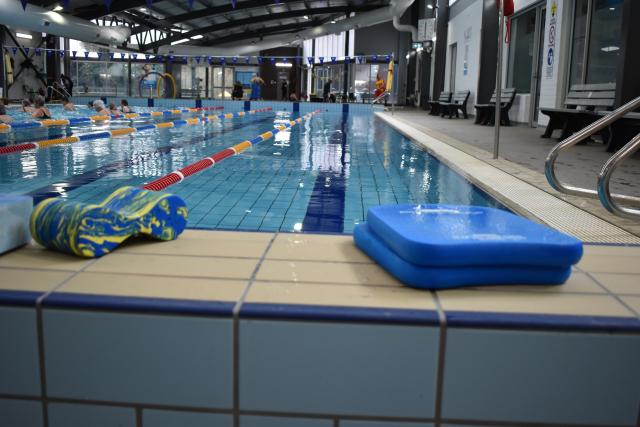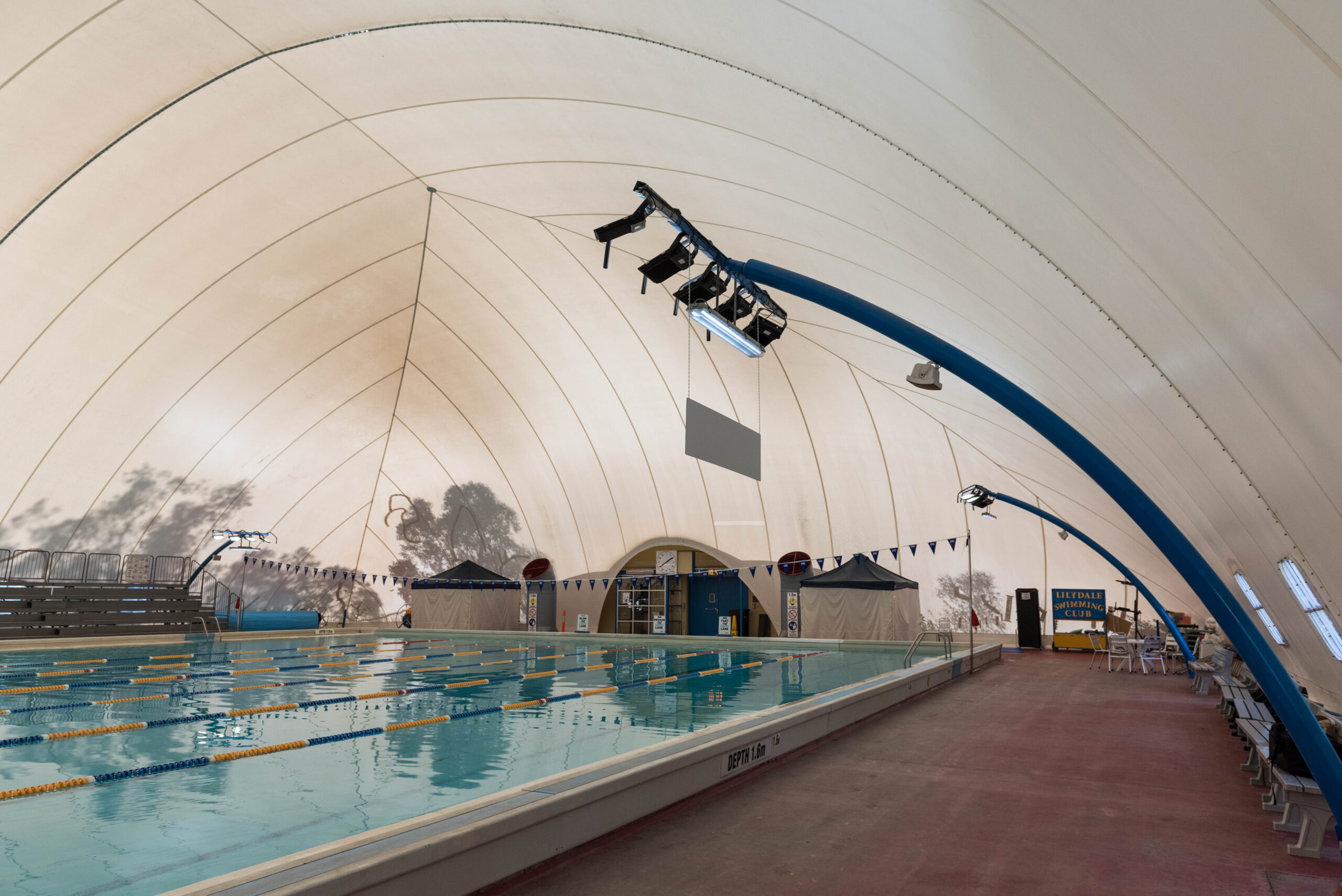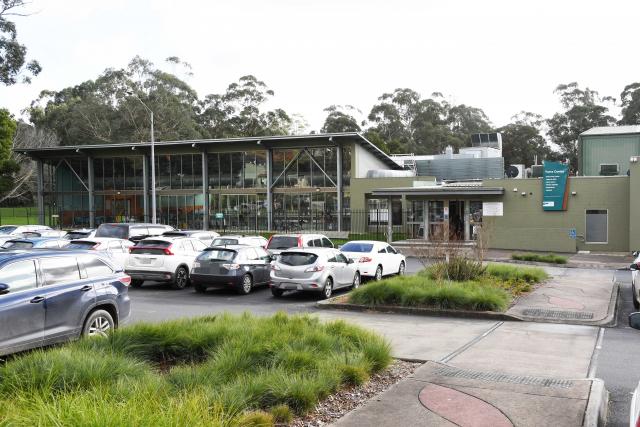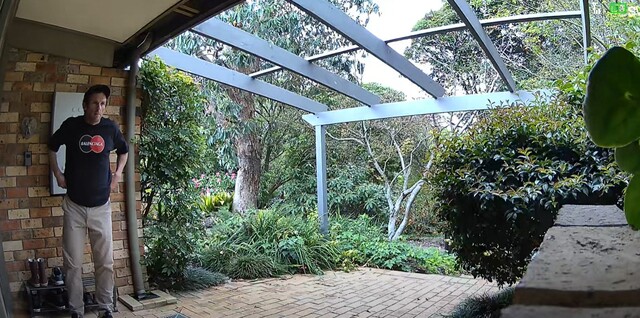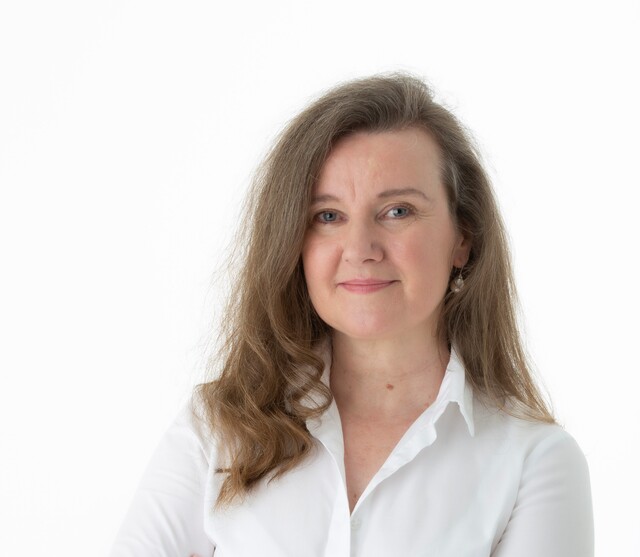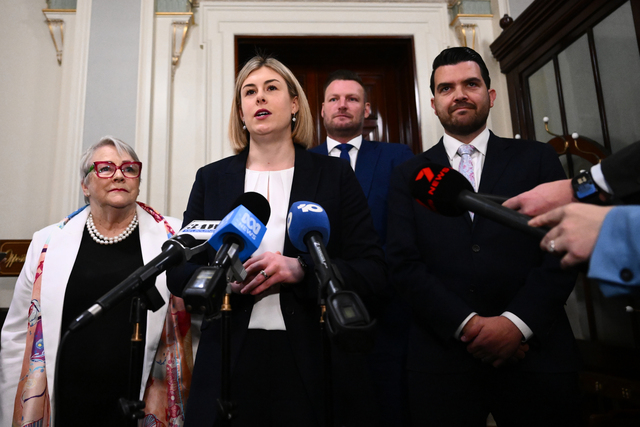Recent reporting by the ABC has highlighted the significant impact the heating of local aquatic facilities could be having on the environment, often accounting for high percentages of total emissions by some Melbourne councoils.
The Star Mail reached out to the councils of the Outer East to find out the impact local aquatic facilities could be having on emissions, and to find out any progress that is underway to electrify them.
Director of Planning and Sustainable Futures at Yarra Ranges Council Kath McClusky said all seven of Yarra Ranges Council’s aquatic facilities are currently heated by gas, similar to the majority of Victoria’s approximately 400 aquatic centres.
“Retrofitting existing facilities to electric systems is technically complex and requires significant investment, to date, only a handful of retrofits have been successfully completed in Victoria with others, including Council’s Monbulk Aquatic Centre, currently planned or underway,” she said.
“In 2023/24, gas use at Council’s aquatic facilities accounted for approximately 846.7 tonnes of carbon dioxide equivalents, representing around 9.6 per cent of Council’s total emissions,”
“Transitioning away from gas is a key focus of Council’s Liveable Climate Plan 2020-2030, which sets a target of net zero emissions by 2040 and a 60 per cent reduction from 2005 levels by 2025, as of 2024, Council had achieved a 48 per cent reduction, with further progress expected following major upgrades delivered through the Resilient Yarra Ranges program this year.”
The decision to close the Kilsyth Centenary Pool in late 2023, which was heated and had its dome shell inflated by gas, will likely shed a significant amount of Yarra Ranges expenditure and emissions from gas used at aquatic facilities.
Ms McClusky said electrifying aquatic facilities offers long-term operational benefits, including lower maintenance requirements, reduced costs, and extended equipment lifespan and Yarra Ranges Council continues to invest in energy efficiency across its aquatic network.
“While these upgrades are largely behind the scenes, they are critical to future-proofing our facilities – particularly in light of worsening gas shortages in Victoria predicted from 2026, removing gas also improves indoor air quality, contributing to cleaner and greener community facilities,” she said.
“Council pool covers have been installed at five centres to retain heat and improve water quality, reducing energy demand, these covers help to reduce energy use by retaining heat and preventing water loss through evaporation,”
“Five facilities are equipped with solar power, and one (Yarra Centre) includes battery storage to help offset electricity use, all centres are powered by 100 per cent renewable electricity through the Victorian Energy Collaboration (VECO), saving an estimated 925 tonnes of carbon dioxide equivalents annually – equivalent to driving a petrol car approximately four million kilometres.”
Knox City Council directed the Star Mail to contact Belgravia Leisure, which manages Yarra Junction’s Yarra Centre, the Monbulk Aquatic Centre, Knox Leisureworks in Boronia and the Jack Hort Memorial Community Pool in Healesville.
Yarra Ranges Area Manager Darren Allen said all of the heated pools in Yarra Ranges and Knox Leisureworks are heated by gas.
“Gas has been the traditional fuel for doing this due to its suitability for expelling considerably greater heat when compared to electrical heaters, however the technology and efficiency of electrical heating advancements have now made it a compelling argument to look at electrification of heated pools,” he said.
The Monbulk Aquatic Centre’s transition away from gas was supported by a $1.97 million grant from the Australian Government’s Community Energy Upgrade Fund.
Mr Allen said the big challenge for the electrification of heated pool boilers is the ability for the existing power grid to be able to handle the increased demand.
“The local hills and valley communities have existing power strains, so it’s a complex issue to solve,” he said.
“It should be no surprise that the continuous heating of a million litres of water to be 27-30 degrees and then sustain that heat takes a considerable amount of energy (regardless of gas or electricity), however the health outcomes, swimming skills and overall impact that regular swimming has shouldn’t be underestimated,”
“Our outdoor pools that are unheated are only open and operate during the warmer parts of the year, ironically making them a greater investment per visit compared to a year-round indoor heated facility.”
Maroondah City Council was contacted for comment.
Cardinia Shire Councill’s general manager of infrastructure and environment James Kelly said they have two aquatic facilities heated by gas.
“The Koo Wee Rup outdoor pool has gas boilers, connected to bottled LPG, that are used with a solar hot water system to heat the pool, Cardinia Life has gas boilers that heat the pool and pool hall, along with a co-generation unit that consumes gas to create electricity and heat for the site,” he said.
“Cardinia Shire Council is focusing on making aquatic facilities more energy efficient, cutting emissions, reducing energy consumption, and resulting bills, that’s why the Cardinia life redevelopment is one of Council’s key advocacy priorities, adequate funding from the Australian and Victorian governments will enable Council to replace less efficient high-emission equipment with more cost effective alternatives,”
“Council has undertaken preliminary investigations into electrifying facilities, including Cardinia Life, and is intending on replacing some gas heating equipment with more cost effective electric alternatives at the centre in 2026, initiatives to further electrify facilities will be considered as part of the development of Council’s Towards Zero Emissions Plan in 2026.”

